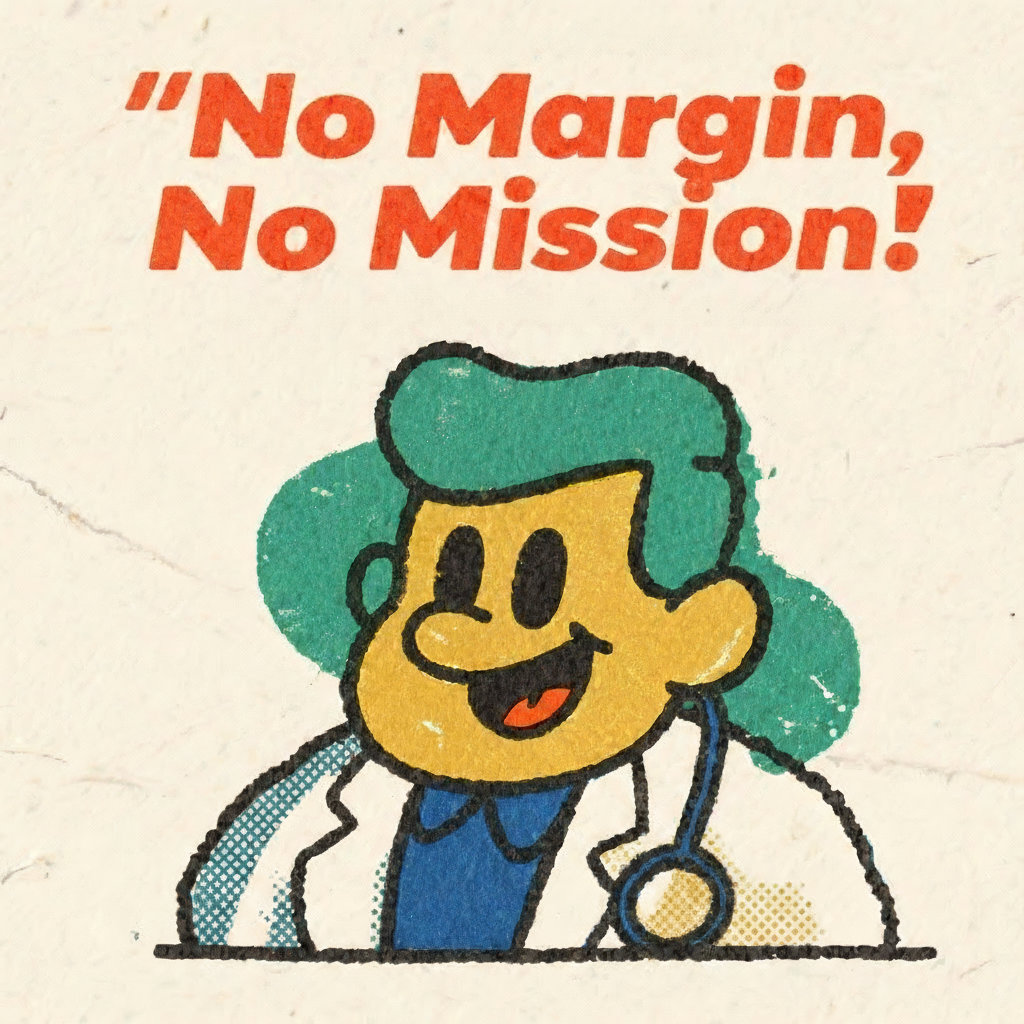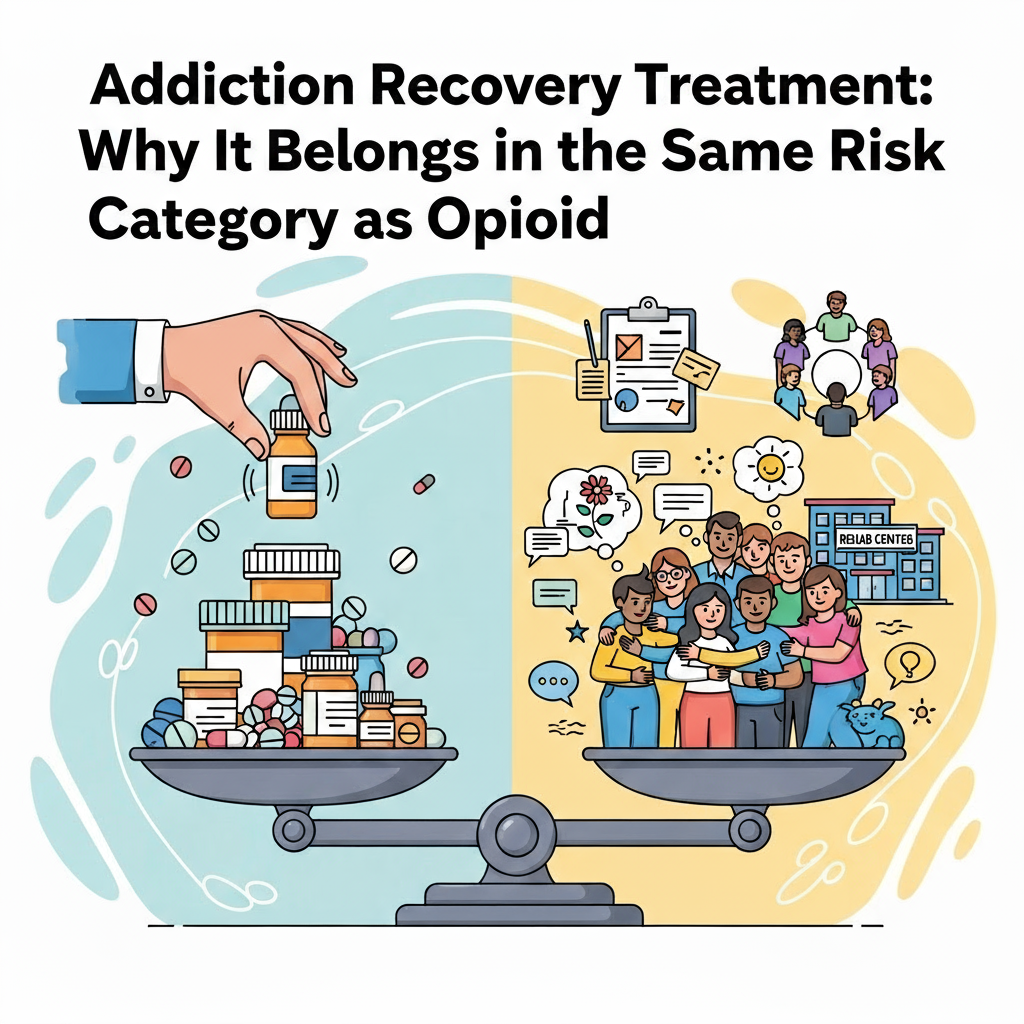
No Margin, No Mission: Why Financial Health Matters for Medical Practices
Doug Jorgensen
March 5, 2025
Introduction: Mission Without Money Won’t Last
Healthcare is often described as a calling—a profession driven by service, compassion, and the desire to heal. That’s true.
But here’s the reality that doesn’t make it onto motivational posters:
Without financial stability, even the most mission-driven practice will eventually close its doors.
This isn’t greed—it’s survival. A healthy margin is what allows a medical practice to sustain its mission over the long term.
The Myth of “Profitless” Medicine
There’s a persistent narrative that healthcare should operate without concern for profit, as if profit somehow taints the purity of care. During medical training, conversations about financial success for medical practices have often been stigmatized, seen as detracting from the core purpose of being a doctor.
But every practice—whether a solo clinic or a major health system—has:
- Rent or mortgage payments
- Staff salaries and benefits
- Equipment purchases and maintenance
- Malpractice insurance
- Utilities and technology costs–particularly new technology advances
If revenue doesn’t exceed expenses, care stops. It’s that simple.
Why Margins Matter
1. Stability in Lean Times
Margins act as a buffer when reimbursement rates drop, patient volume declines, or unexpected costs arise. Many health systems operate on a cash basis, mere weeks or months away from financial insolvency.
2. Investment in Quality
Financial health allows for:
- Upgraded technology
- Continued staff training
- Facility improvements
3. Expansion of Services
Adding new specialties, opening satellite clinics, or expanding hours all require capital.
4. Staff Retention
Competitive pay and benefits reduce turnover, keeping experienced staff in place and maintaining continuity of care.
The Threats to Financial Health
- Declining Reimbursement Rates – Especially from government payers.
- Rising Overhead – Increased supply, rent, and staffing costs.
- Administrative Burden – Time spent on billing and compliance reduces clinical productivity.
- Payer Mix Shifts – A higher proportion of low-reimbursing plans can erode margins.
Balancing Mission and Margin
It’s not about choosing between patient care and profitability—it’s about aligning them.
When a practice is financially healthy:
- Patients benefit from stability and expanded services.
- Providers have the resources to deliver the best possible care.
- The mission can continue without interruption.
Strategies to Protect Margins
- Know Your Numbers
Track key metrics like accounts receivable days, cost per encounter, and payer mix. - Negotiate Payer Contracts
Don’t accept low rates without pushback—especially if your practice offers unique value. - Optimize Coding and Billing
Accurate documentation and coding capture all earned revenue. - Control Overhead
Review expenses regularly and renegotiate vendor contracts. - Diversify Revenue Streams
Explore ancillary services, cash-pay options, and partnerships.
The Ethics of Sustainability
There’s nothing unethical about ensuring your practice is profitable.
On the contrary, failing to maintain a healthy margin can jeopardize patient care, staff livelihoods, and community access. Providing excellent care and achieving strong financial results are not mutually exclusive; indeed, significant profitability is entirely compatible with high-quality medical practice.
Final Thoughts: Profit Enables Purpose
A medical practice without a margin is like a hospital without power—it may function for a while, but eventually the lights go out.
The goal isn’t to maximize profit at the expense of care; it’s to create a financial foundation strong enough to support care for decades to come.
Because in healthcare, margin and mission aren’t enemies—they’re partners.
About the Author
Douglas J. Jorgensen, DO, CPC, FAAO, FACOFP
Dr. Doug is a physician, consultant, and national educator on healthcare policy and regulatory compliance. He works with practices nationwide to balance financial sustainability with mission-driven care.


